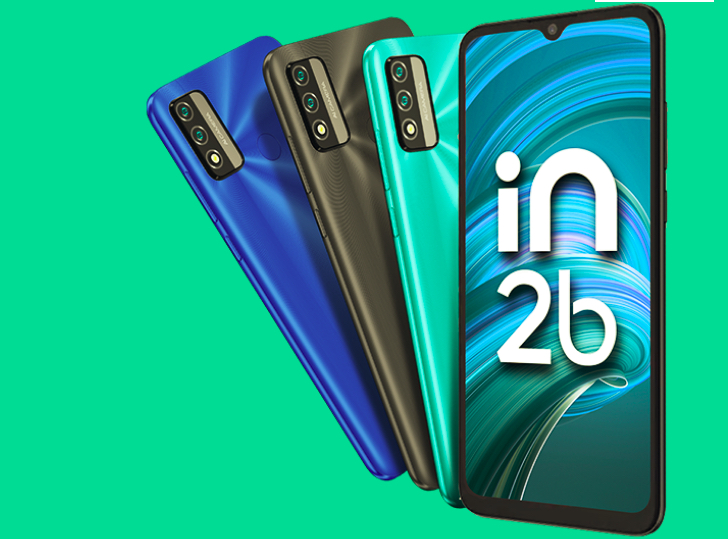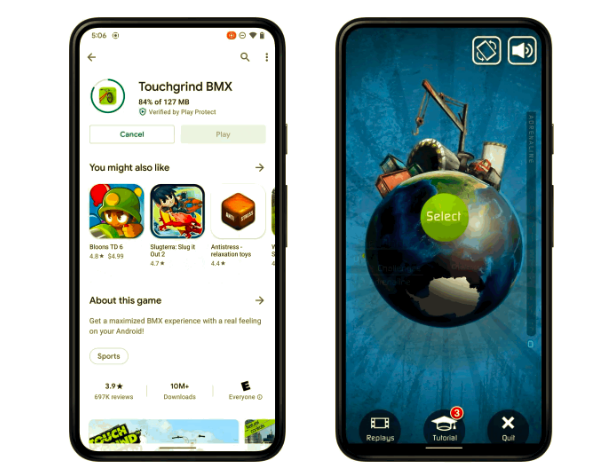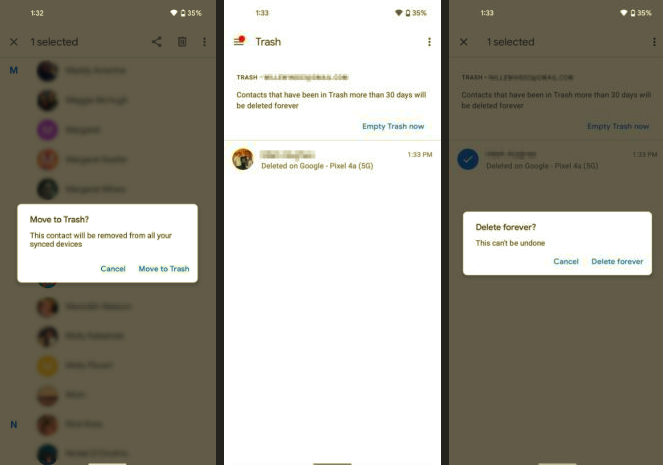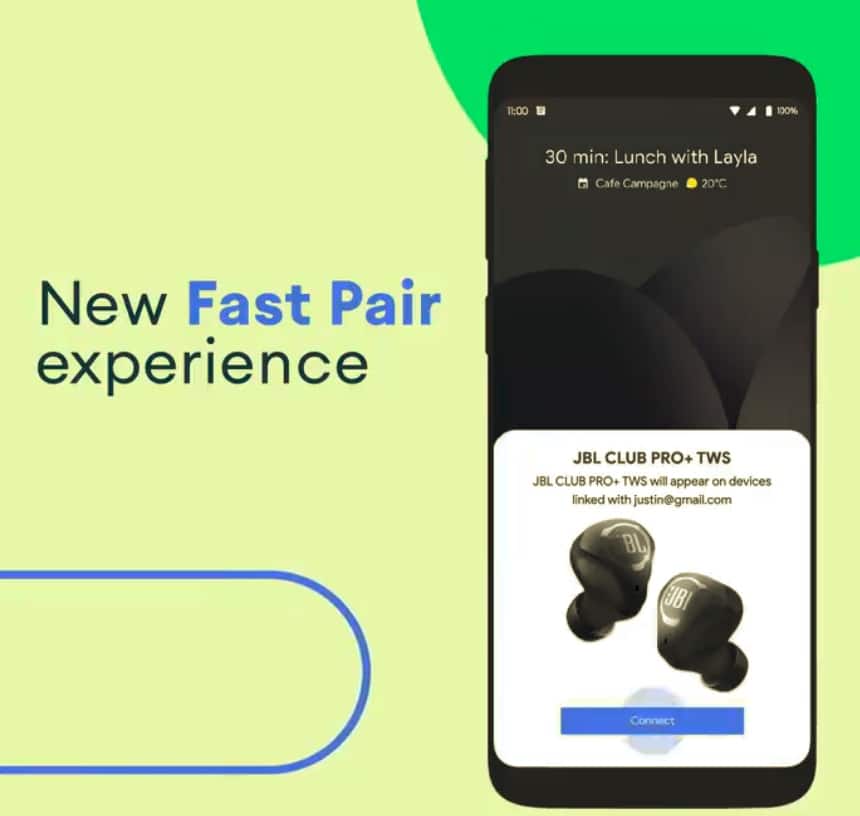The Nokia X might not make a lot of sense, but it exists and recently went on sale in India as a cross between Nokia’s budget Windows Phone devices and the company’s ultra-low-budget Asha line of feature phones. Recently, videos of the Nokia X’s unboxing and review started appearing online from those who’ve got their hands on the device, and as expected, it has also been compared with the Lumia 520, the handset it will be competing with on price in emerging markets.
When it comes to design, the X is unapologetically Nokia, with the same squarish look, solid construction, and colorful (and interchangeable) back seen on both Lumia and Asha devices. The low-end specs, however, do have an effect on the software, which isn’t as responsive or fast as one would expect it to be on today’s smartphones. Being heavily modified, the UI is said to be hard to get used to and has some limitations. One limitation that might irk quite a few folks is the lack of a multitasking menu and the inability to keep apps in the background – however, it seems the Android task switcher is available on the device, but to bring it up, one will need to install third-party apps, the procedure for which has also been explained on video by the guys over at FoneArena.
Compared to the Lumia 520, the Nokia X is a considerable downgrade. It does seem to launch apps and games in around the same time, which is impressive given the lower horsepower inside the X, but the Lumia 520 does offer a smoother and consistent performance, especially in things like the camera and general navigation. That isn’t surprising, but given the similar price tags of the two devices (at least in India), it’s a move that might actually do what the Finnish manufacturer wants – mar Android’s name and push consumers towards Windows Phone.
https://www.youtube.com/watch?feature=player_embedded&v=-WCSI6o47nI
In short, it’s not the Nokia Android phone you were looking for, and given it will be launched mostly in emerging markets, most of you probably won’t be able to get your hands on one anyway. Again, that’s not necessarily a bad thing, but hopefully the company’s future attempts at an Android phone will offer a better experience and give people a good reason to actually buy one, even for use as a secondary device.
![[Video] Nokia X unboxed, reviewed and pitched against the Lumia 520 [Video] Nokia X unboxed, reviewed and pitched against the Lumia 520](https://www.androidbeat.com/wp-content/uploads/2014/03/Nokia-X-Dual-SIM.jpg)



















